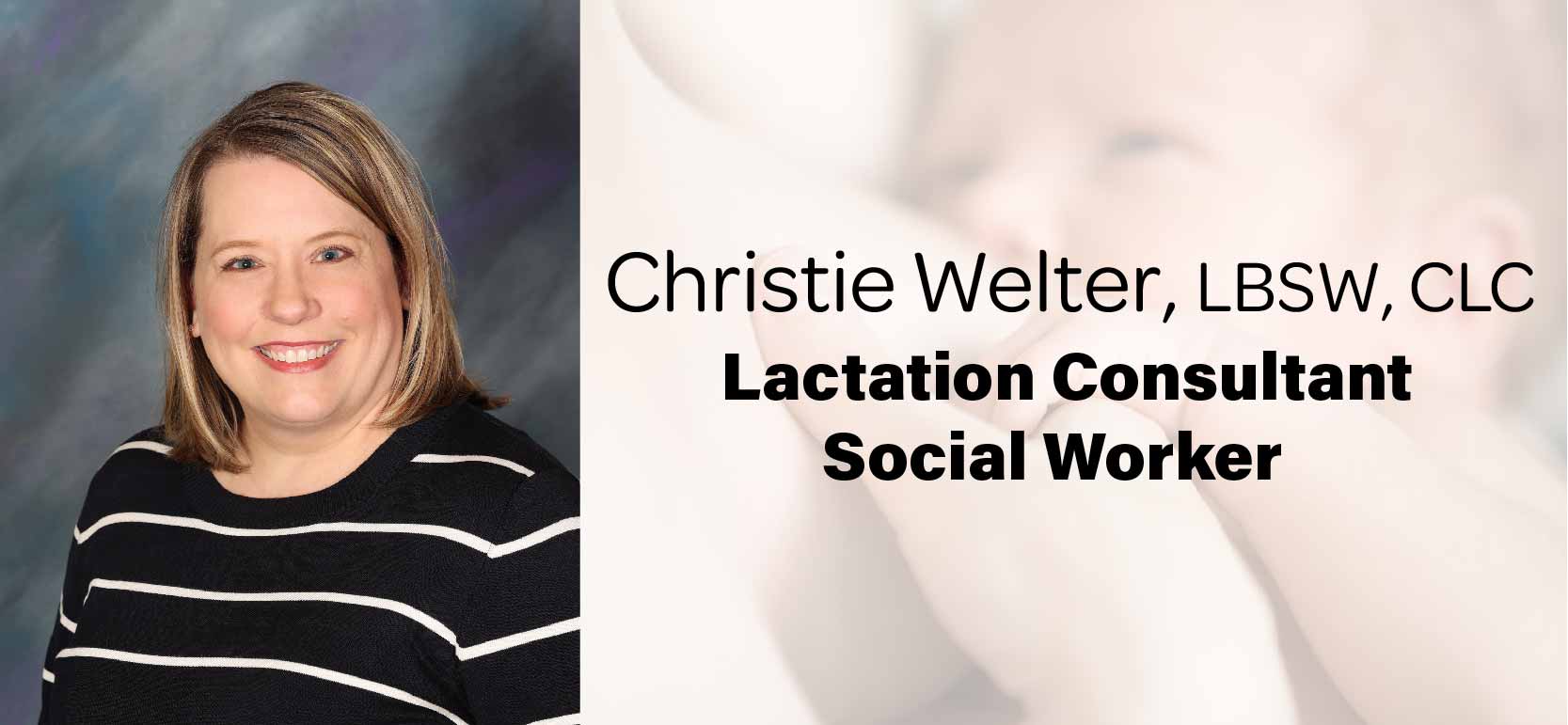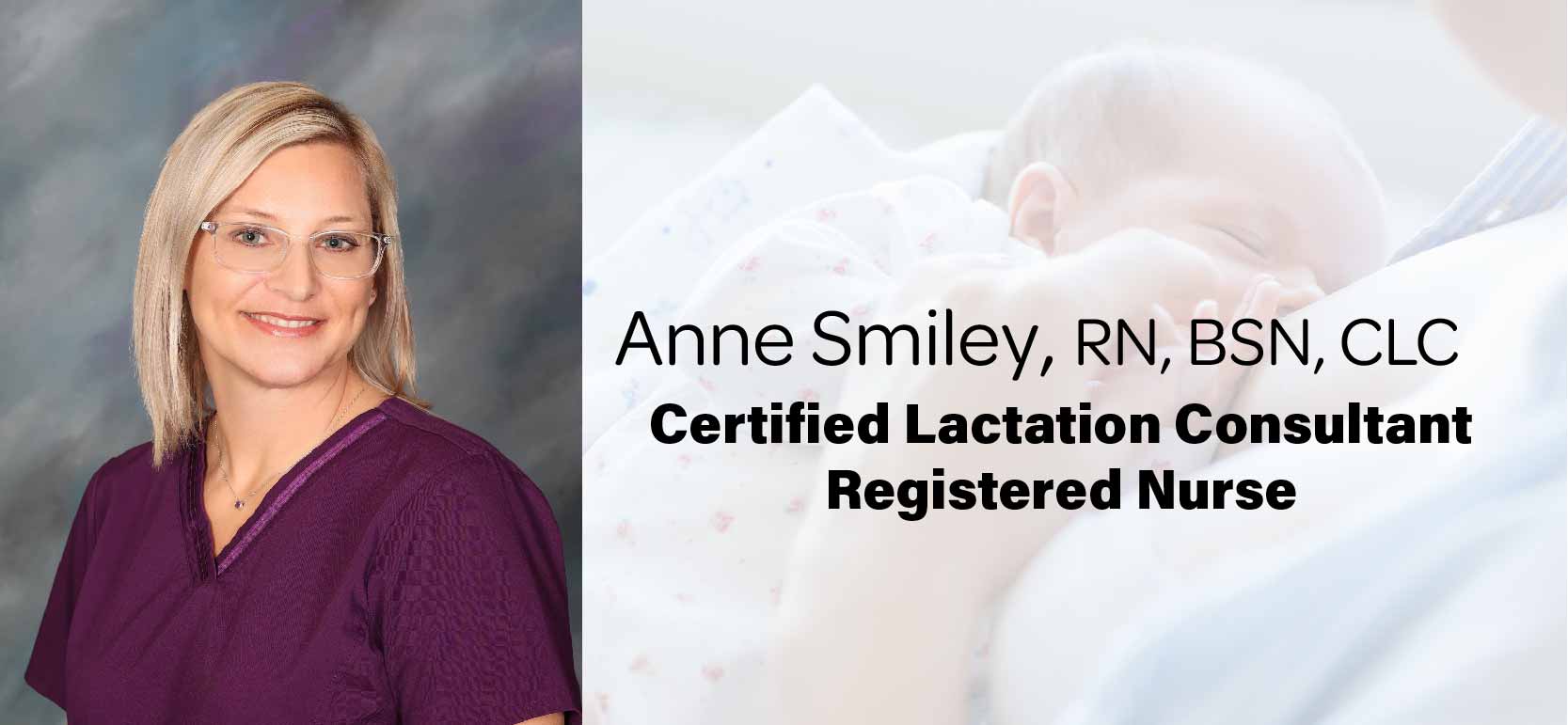Lactation Services
Breastfeeding provides numerous benefits to both the infant and breastfeeding parent. For these reasons, MCMH + Clinics offers lactation services to support breastfeeding individuals and infants. Certified Lactation Counselor (CLC) have completed certification through the Academy of Lactation Policy and Practice (ALPP). CLCs can work with pregnant or lactating parents regarding their breastfeeding questions and concerns, via phone call or in person visit in our Women's Health Clinic.
The best start for mom and baby is skin-to-skin. Not just for breastfeeding, but also to support the baby’s important brain development. Skin-to-skin provides a safe, warm place where the baby’s brain begins to make positive connections with mom and the world.
Over the First Few Weeks:
At birth, your breasts will make a thick, yellowish substance called colostrum. Colostrum is packed with nutrients and other important substances that help your baby start building up his or her immune system. There will not be a lot of this liquid at first, but the amount will gradually increase over the first couple of days. Most babies will get all the nutrition they need through colostrum during the first few days of life. As you begin breastfeeding, your baby’s sucking will tell your body to start making milk. For most mothers, this thinner, whiter form of milk comes in by about 3 days after birth, but may take longer for first-time moms. You may notice your breasts feeling full, hard, and warm as this happens.
After birth, your breasts may become larger, firm, warm, and uncomfortable as your body adjusts to making milk. This is called engorgement. As your breasts get used to filling and emptying as you feed your baby, this should improve. Feeding your baby frequently should help to prevent severe engorgement and relieve discomfort.
Over the first few weeks and months, the time between feedings will start to get longer - on average about every 2 to 4 hours for most exclusively breastfed babies. Some babies may feed as often as every hour at times, often-called cluster feeding, or may have a longer sleep interval of 4 to 5 hours. How often your baby feeds might change depending on the time of day. Some feeding sessions may be long, and others short. That is okay. Babies will generally take what they need at each feeding and stop eating when they are full. They should seem content and drowsy after feeding when they have had enough milk.
Breastfeeding positions:
- Cradle
- Cross cradle
- Football hold
- Laid back position
- Side lying position
Signs of a good Latch:
- The latch feels comfortable to you and does not hurt or pinch.
- Your baby’s chest rests against your body.
- They do not have to turn their head while nursing.
- You see little or no areola, depending on the size of your areola and the size of your baby’s mouth. If areola is showing, you will see more above your baby’s lip and less below.
- When your baby is positioned well, their mouth will be filled with breast.
- You hear or see your baby swallow.
- Your baby’s lips turn outward like fish lips, not inward.
Pain While Breastfeeding
Although your breasts and nipples may be tender or uncomfortable, once your baby is well-latched, breastfeeding should not be painful. Sometimes pain can happen if you have an improper latch, a milk duct that is clogged with milk (plugged milk duct), a breast infection (mastitis), or other issues. If you have pain while breastfeeding, especially with a fever, talk with your doctor or nurse to figure out why.
Call your provider immediately if you begin to see any of the following symptoms:
- You continue to run a fever or suddenly spike a high fever (38.4° C [101° F]) or higher
- Your breast becomes redder than usual, hot, and swollen
- You see pus or blood in your milk
- You see red streaks on your breast from the areola to the underarm
- A cracked nipple looks infected
- You have chills and continue to feel worse
Sore Nipples
During the first few weeks of breastfeeding, your nipples may be sore or sensitive as they adjust to your baby’s sucking. Lanolin cream, olive oil or even chap-stick can help soothe sore nipples but, if you have cracked or damaged nipple skin, or pain that is not improving over the first 1 - 2 weeks, talk to a lactation counselor, your doctor or nurse.
Pumping Tips:
- Find a quiet place where you are not likely to be interrupted.
- You may want to look around your work area before you go out on leave to find the best place. It does not have to be fancy, but it should be private.
- The restroom is not an acceptable place to be asked to pump. Be aware that there are laws in place in some countries to protect you.
- Relaxing is important. Many mothers look at pictures of their babies, listen to music, drink water or have a snack.
- Some use their phones to watch videos of their babies or face time the baby and caregiver.
- Some mothers find that hand expressing for 1-2 minutes before using the pump gives them better results.
- Stay hydrated. Drink plenty of fluids so that you do not become overly thirsty.
- If you can snack as well as get a good meal break, this is helpful as well.
- Invest in a good pump. It will be cheaper than formula in the long run and it will be more comfortable for you. Be sure your flange is not too tight, nor too loose.
Breastfeeding support is available! Call your MCMH Lactation Support Team with any questions or concerns!

Call Kaylee

Call Christie

Call Anne